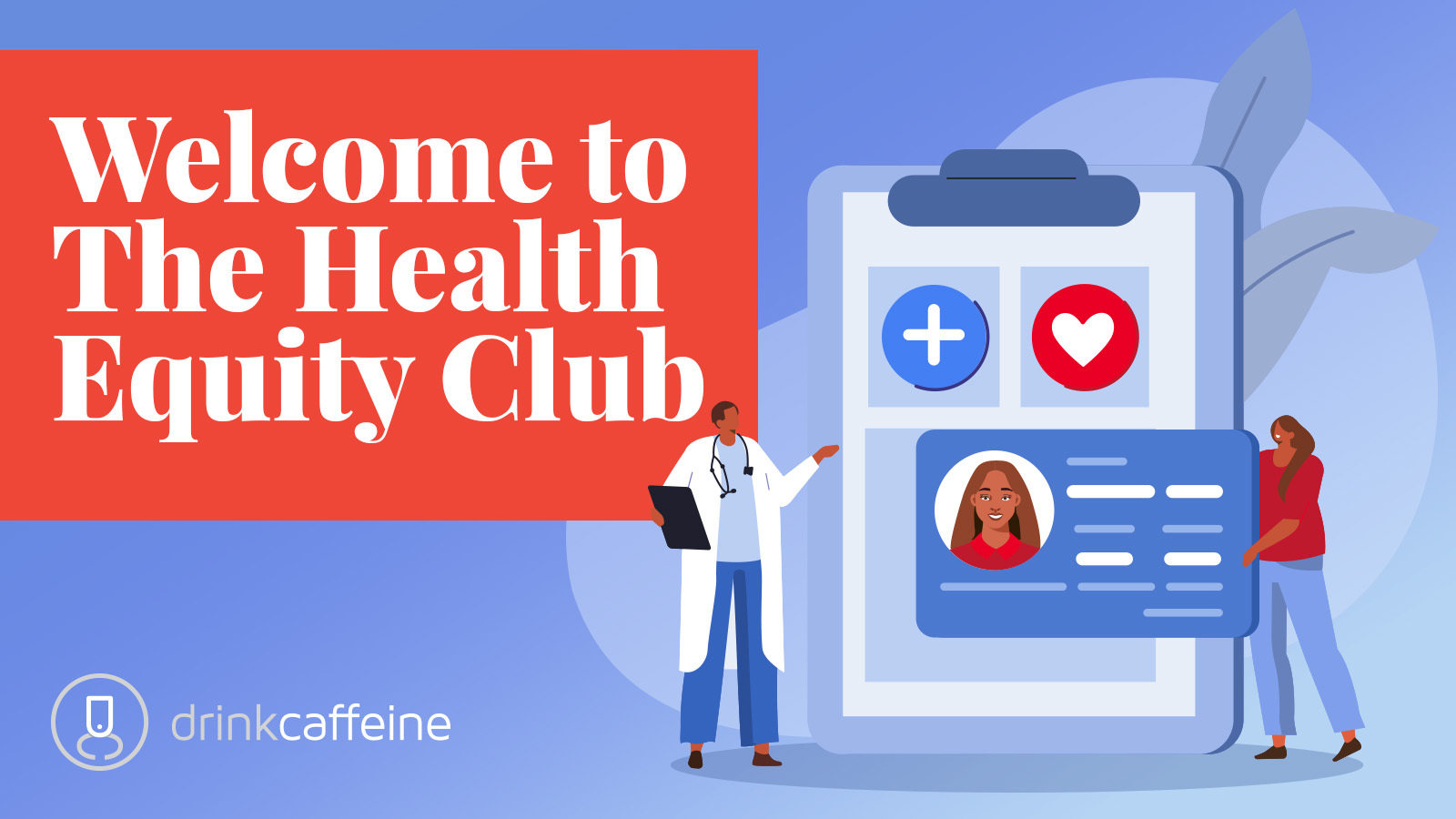“Health equity” is often thought of as a dimension of “social justice”
The CDC says “health equity is achieved when every person has the opportunity to attain his or her full health potential.”
While we admire and applaud this concept of “health equity,” it would hold greater perceived and actual value if it were less visionary and abstract, and more actionable.
By expressing health equity in real terms, healthcare leaders can increase patient engagement – and pursue the ultimate goal of greater population health.
How to make health equity more tangible to patients
Most often, healthcare is presented as a service or capability to solve a problem.
What if instead, patients at a primary care center, FQHC, or specialty practice were enrolled in a Health Equity Program that set forth parameters for personal health goals.
Each patient member would have an individualized road map to Optimal Health, with targets and milestones along the way.
From a practical standpoint, this is really just a repurposing of Personal Health Information (PHI) as a Patient Journey, with goals that could be established at an annual checkup.
Let’s face it, some health plan compliance agencies are doing this for employers already,
with checklists, reminders, and emails warning health plan members about the penalties of non-compliance with annual exams, dental care, and routine procedures offered under the health plan. The Health Equity Program simply emphasizes the carrot rather than the stick.
Earning points in the Health Equity Program
Health Equity Program scores could be compiled based on a range of criteria:
- Completion of an annual checkup
- Completion of follow-up visits
- Receiving preventive measures such as flu shots and COVID boosters
- Using in-network care
- Sticking to medication plans
- Attaining weight and BP targets
- Effectively facing chronic illness such as diabetes
- Using health pregnancy resources
A patient’s Health Equity Program score would be private – a confidential communication between provider organization and patient – unless of course the patient wished to share it.
It would not be a report of a person’s health. Instead, it would be a report on their commitment to Optimal Health – the highest level of health an individual can attain. In other words, a report on their success in their own health journey.
“What gets measured gets managed”
Personal Health Scores are happening now
And, at the same time, federal authorities try to advance health equity through policy measures.
That’s why we think it’s time for national healthcare leaders to talk about health equity as a valuable personal asset, a type of security that is earned, just like education, job benefits, and ownership of personal property.
Quantifying individual health equity is the 1st step toward realizing it on a broader scale.
When you’re ready to use data and evidence-based practices to solve healthcare communications problems, contact us.


